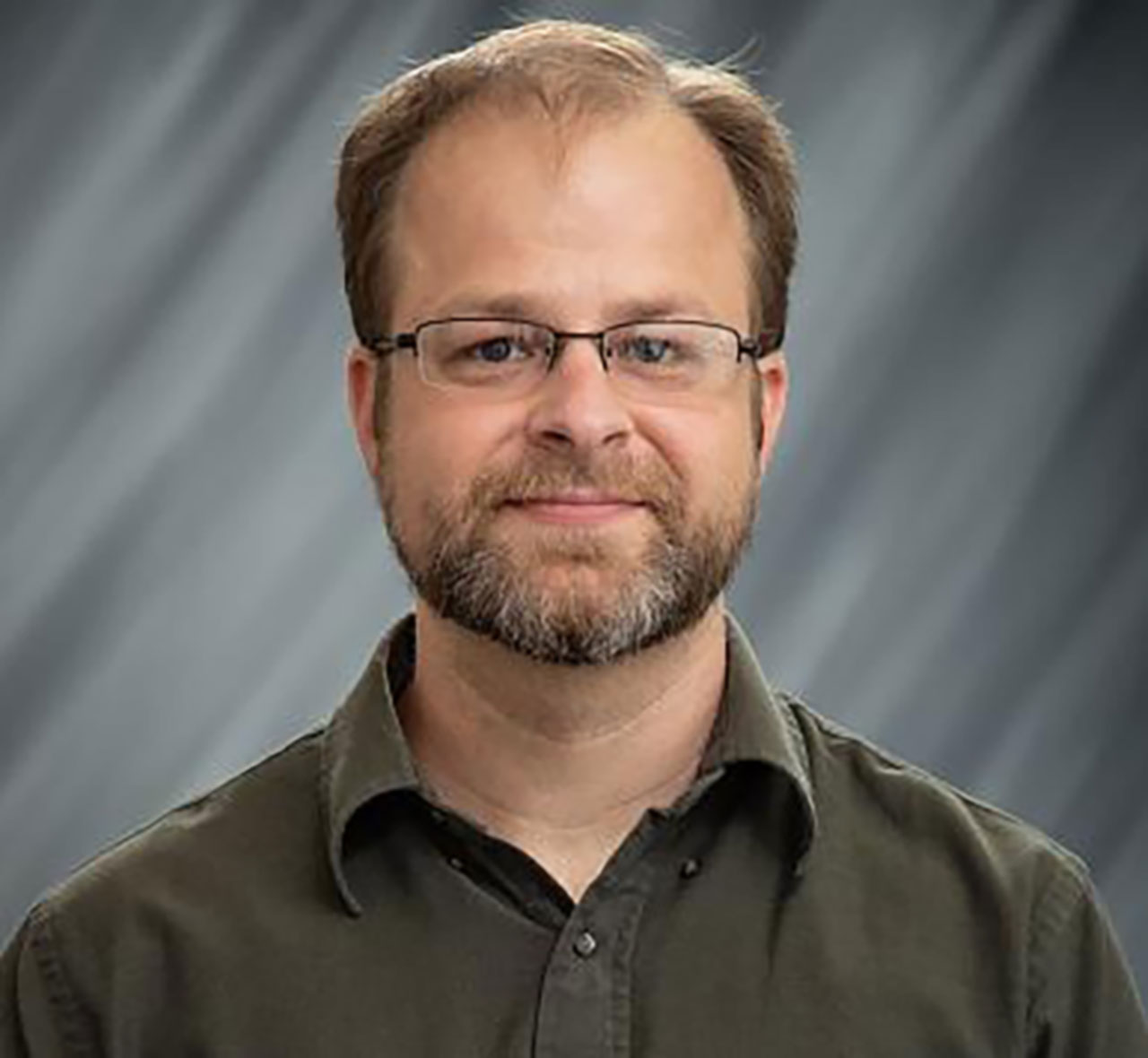Andrew Stollenwerk
Professor of Physics
Dr. Stollenwerk received a B.S. in physics and a B.A. in mathematics at Miami University in 2002. His graduate work was performed at the University at Albany SUNY, where he received his M.S. in physics in 2004 and his Ph.D. in Nanoscience in 2007. He joined the physics department at the University of Northern Iowa in 2009 after a two year postdoctoral fellowship at Harvard University in the field of applied physics.
Dr. Stollenwerk’s has or is currently teaching the following courses: General Physics I, General Physics II, Physics 3 (theory and simulation), Introductory Quantum Mechanics, and Mathematical Methods for Physicists.
Dr. Stollenwerk’s research interests lie in the field of condensed matter physics focusing primarily on surfaces and low dimensional material systems. Results from his research are potentially applicable in electronic devices, sensors, and sources of alternative energy. Recently, Dr. Stollenwerk’s efforts have centered on two-dimensional material systems similar in structure to graphene. The electrical and structural properties of these materials are studied using a variety of techniques such as scanning tunneling microscopy and ballistic electron emission microscopy. Undergraduate students are highly active in Dr. Stollenwerk’s research during the school year as well as during the summer. Each summer he typically works with 1-4 students on a variety of different research projects where students learn to operate state-of-the-art experimental equipment and analyze data from a range of different techniques.
In addition to his research activities, Dr. Stollenwerk has started to explore the more practical side of physics in the form of robotics. For example, in the past, students have built an artificial hand controlled by the electrical impulses generated in the body and an autonomous six legged robot. While completing these projects students learn how to interface computers with external sensors and motors. Aside from programming and designing circuits, students also learn basic machining skills.

